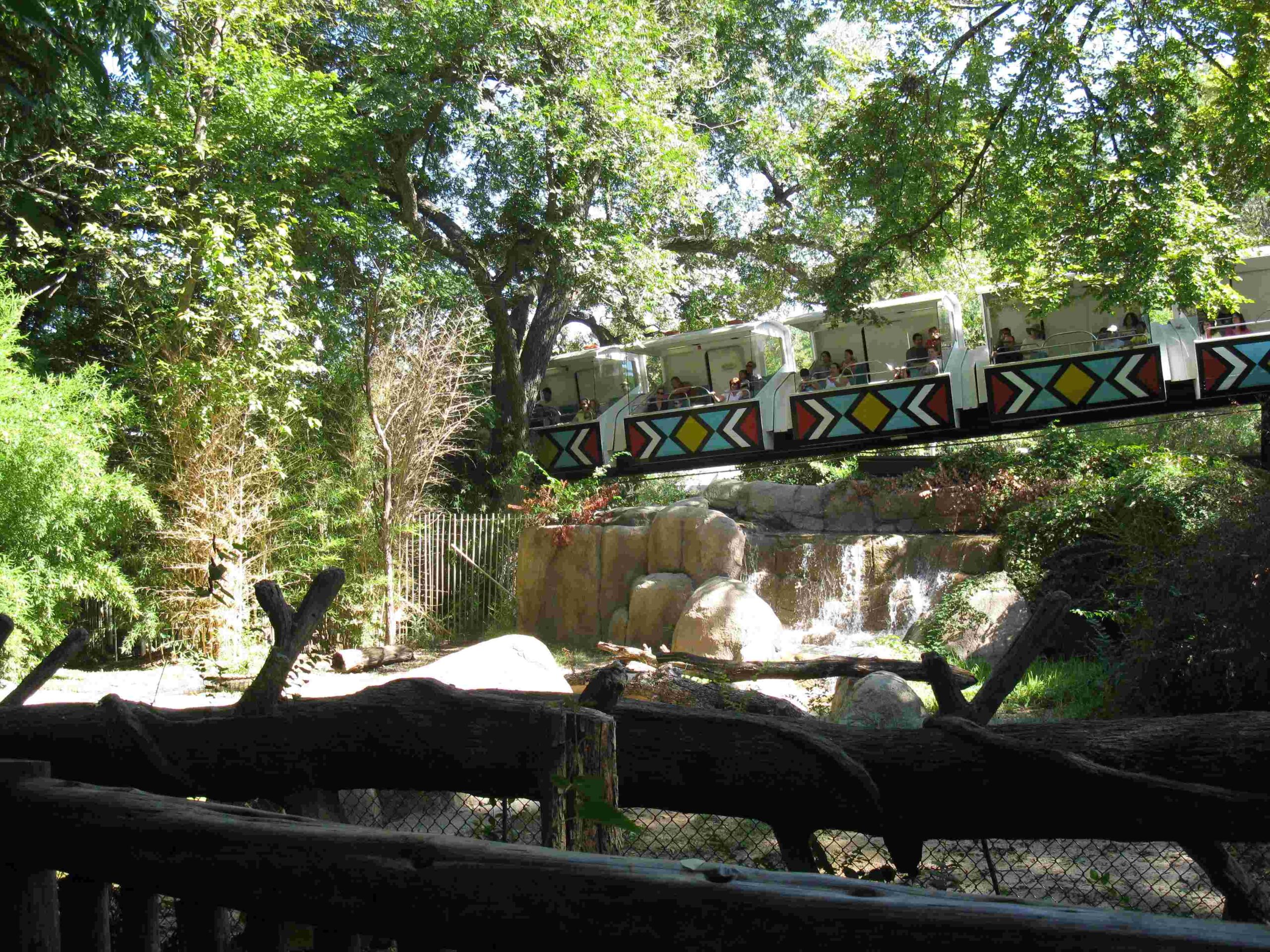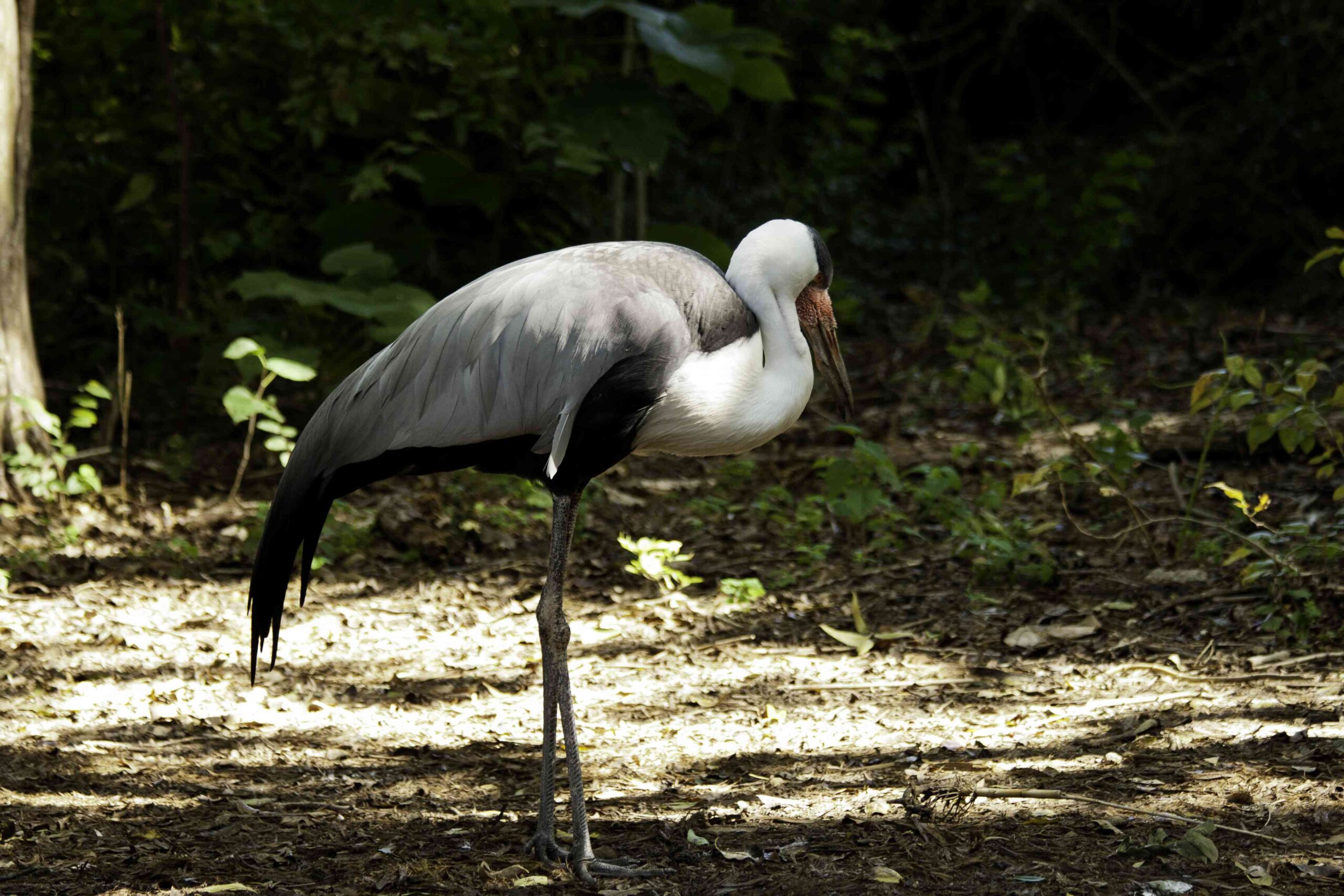The Dallas Zoo recently welcomed a new baby hippo named Kalo, born on October 30, 2022. This exciting addition to the zoo’s family has captured the hearts of visitors and staff alike. Kalo, whose name pays tribute to a K9 patrol dog in Zambia, was born underwater to mother Boipelo after a two-and-a-half-hour labor. Weighing between 50-60 pounds at birth, Kalo has been thriving under her mother’s care and made her public debut several weeks after birth.
What is the Story Behind Kalo’s Birth?

Kalo’s arrival at the Dallas Zoo marks a significant milestone for the institution’s hippo conservation efforts. Born on October 30, 2022, around 5:30 p.m., Kalo entered the world in typical hippo fashion – underwater. Her mother, Boipelo, underwent a labor lasting approximately two and a half hours, which is considered normal for hippos.
The birth process for hippos is fascinating:
- Hippos give birth underwater
- The labor typically lasts 2-3 hours
- Baby hippos weigh between 50-100 pounds at birth
- Newborns can swim almost immediately
Kalo’s weight at birth, between 50-60 pounds, falls within the expected range for baby hippos. This healthy start bodes well for her future development and growth.
How Did the Zoo Choose Kalo’s Name?

The naming of a new animal at a zoo is always an exciting event, and Kalo’s name carries a special significance. Here’s the story behind her name:
- Meaning: Kalo, pronounced “Kah-lo”
- Origin: Named in tribute to a K9 patrol dog at Conservation Lower Zambia
- Significance: Highlights the zoo’s commitment to global conservation efforts
This thoughtful naming choice not only gives the baby hippo a unique identity but also draws attention to the important work being done in wildlife conservation around the world.
What are Kalo’s First Weeks Like?
The first few weeks of a baby hippo’s life are crucial for bonding with its mother and adapting to its new environment. For Kalo, these early days have been filled with important milestones:
- Nursing: Kalo began nursing within an hour of her birth, a positive sign of her health and instincts.
- Bonding: She and her mother, Boipelo, have been spending quality time together behind the scenes, strengthening their bond.
- Public debut: Several weeks after her birth, Kalo made her first appearance in the habitat, delighting zoo visitors.
- Social interactions: Kalo has begun interacting with other hippos in the enclosure, an important step in her social development.
How Can Visitors See Kalo at the Dallas Zoo?
For those eager to catch a glimpse of the adorable new addition to the Dallas Zoo, here’s what you need to know:
- Location: Kalo can be seen in the hippo habitat during regular zoo hours
- Best viewing times: Mornings and late afternoons when hippos are most active
- Visitor tips:
- Bring binoculars for a closer look
- Check the zoo’s daily schedule for feeding times
- Be patient, as baby animals may need rest periods
While specific amenities for viewing Kalo are not detailed, the Dallas Zoo offers standard facilities to ensure a comfortable visit:
- Accessible pathways
- Rest areas near exhibits
- Information kiosks for updates on animal activities
What is Kalo’s Feeding Schedule?
The feeding schedule of a baby hippo is crucial for its growth and development. While exact details of Kalo’s feeding routine are not publicly available, here’s what we know about baby hippo nutrition:
- Nursing: Baby hippos primarily nurse for the first few months of life
- Frequency: Nursing occurs several times a day, often every few hours
- Duration: Each nursing session can last 10-15 minutes
- Transition to solids: Around 6-8 weeks, baby hippos begin to show interest in vegetation
As Kalo grows, her diet will gradually transition to include more plant matter, mimicking the diet of adult hippos in the wild.
How Does Kalo’s Birth Contribute to Conservation Efforts?
The birth of Kalo at the Dallas Zoo is more than just an adorable addition to the hippo family. It represents a significant contribution to hippo conservation efforts:
- Species preservation: Helps maintain a healthy captive population
- Genetic diversity: Introduces new genes into the captive hippo pool
- Public education: Raises awareness about hippo conservation
- Research opportunities: Allows scientists to study hippo development and behavior
By successfully breeding hippos in captivity, zoos like Dallas play a crucial role in protecting these magnificent animals for future generations.
What’s Next for Kalo and the Dallas Zoo?
As Kalo continues to grow and develop, visitors to the Dallas Zoo can look forward to:
- Regular updates on Kalo’s progress via the zoo’s social media channels
- Potential special events celebrating Kalo’s milestones
- Opportunities to learn more about hippo conservation and biology
The Dallas Zoo remains committed to providing the best care for Kalo and all its animals while educating the public about wildlife conservation.
For the most up-to-date information on Kalo and planning your visit to see her, be sure to check the official Dallas Zoo website or contact them directly.
References:
– https://www.cbsnews.com/texas/news/oh-baby-dallas-zoo-welcomes-newborn-hippopotamus/
– https://oakcliff.advocatemag.com/2022/12/zoo-baby-hippo/
– https://people.com/pets/dallas-zoo-welcomes-baby-hippo/

